Most new parents receive two too-cute-to-resist items more than anything else: baby clothes and baby blankets. It can be overwhelming trying to figure out what each blanket is used for, what makes it different, especially if you’re a first-time mom. A receiving blanket is the most versatile of the different types, and we’re going to break down exactly why you want to keep one nearby.
What is a receiving blanket & what is it used for?
This lightweight, thin blanket typically measures about a square yard and is made from cotton, bamboo, or sometimes flannel. A receiving blanket is a multipurpose item that you can grab when your baby gets cold, spits up, needs to breastfeed, or wants to play at the park but doesn’t like the feel of the grass. Basically, these are the blankets you throw in your diaper bag and keep on the arm of the couch.

What’s the difference between a receiving blanket and a swaddling blanket?
Swaddling blankets are larger and most often made with lighter fabrics like muslin and bamboo. This makes them extremely breathable and allows you to use them as your baby gets bigger. While many parents prefer a traditional muslin swaddle, there are also swaddle blankets with velcro and snaps. Both receiving and swaddling blankets have many uses, but keep in mind that a larger swaddling blanket is more practical for swaddling (as the name implies).
As for the size difference:
- Receiving blanket standard size: a 30-inch square
- Swaddling blanket standard size: a 47-inch square
Swaddling blankets are larger than receiving blankets
How do I use a receiving blanket safely?
When it comes to how you put your baby to sleep, safety is the top priority. To prevent suffocation and reduce the risk of SIDS:
- There should never be any extra items in your baby’s crib while they’re sleeping in it
- It’s not recommended introducing a crib blanket until your baby is at least a year old
- Stop swaddling them once they can roll
- Always lay them to sleep on their back
If you’re worried that they’re cold, put them in a sleep sack, warm pajamas, or swaddle them. A newborn is small enough to be swaddled in a receiving blanket, but you may want to invest in a larger swaddling blanket as they grow.
Things to Consider When Choosing a Receiving Blanket
There are a few things to take into consideration when choosing the type of receiving blanket you and your baby will want to use day in and day out.
Durability
One of the perks of receiving blankets is that they’re often more durable than swaddle blankets, thanks to a slightly thicker material. Most are made with a thin flannel, making them soft, cozy, and likely to become your baby’s favorite blanket.

When choosing receiving blankets, prioritize your baby's safety and comfort
Durability
One of the perks of receiving blankets is that they’re often more durable than swaddle blankets, thanks to a slightly thicker material. Most are made with a thin flannel, making them soft, cozy, and likely to become your baby’s favorite blanket.
Breathability
When choosing a blanket material for your baby, breathability is one of the most important factors. Thick and heavy blankets are more likely to lead to suffocation or overheating, whereas a lighter material would allow your baby to breathe through it if the fabric did somehow cover their face. Bamboo and cotton are the best choices for breathable and light blanket fabric, and they also fold up easily into a diaper bag.
Sensitive Skin
When it comes to taking care of a baby’s delicate skin, bamboo is the ideal fabric. It has naturally smooth and rounded fibers that cause less irritation than even the best organic cotton. Bamboo is also extremely soft, breathable, sweat-wicking, and eco-friendly, making it a top choice for ingredient-conscious parents (and babies with sensitive skin!).

Choose blankets that are breathable and safe for sensitive skin
Neutral Prints
Not only are gender-neutral prints trendy and aesthetically pleasing, but they’re practical for parents who want to invest in quality products that can be used for all of their children. When you choose neutral designs and tastefully muted solids, you know that you’ll be able to use them for your second, even third child, or hand them down to a friend.
Size
As mentioned above, keep in mind when shopping that a receiving blanket will be smaller than a muslin swaddle. Our bamboo muslin swaddle blankets are soft, durable, and available in multiple adorable patterns at 47×47 inches. A receiving blanket is typically 30×30 inches, so opting for a larger blanket can prevent you from having to buy something bigger as your baby grows.
Different Ways to Use a Receiving Blanket
- Swaddling- the standard blanket size of a receiving blanket is one square yard, which is plenty of room to comfortably swaddle your newborn. If you have a chunky baby or a Houdini, you may want to opt for a blanket made specifically for swaddling.
- Wrapping the baby after a bath- some babies tend to get a little dramatic about bath time, and part of the struggle is that they’re cold and wet afterward. Wrapping them in a receiving blanket and rocking them for a little bit can help calm them down and warm them up before bedtime.
- Stroller cover- in cooler weather or the summer heat, a receiving blanket works as a stroller cover to provide shade and warmth on walks or at the park.
- Tummy time- if you don’t love the idea of your baby getting a face full of carpet or dog hair, simply lay down a receiving blanket when it’s tummy time.
- Changing table cover- a receiving blanket is the perfect size and material to protect your baby from surfaces when you’re out, whether it’s a restaurant changing table or a friend’s floor. It’s a good idea to have at least 2 or 3, so you can throw it in the wash when you get home.
- Burp cloths or breastfeeding cover- keeping a receiving blanket nearby while feeding comes in handy, particularly out in public. If you prefer to cover up while nursing or need to wipe away spit-up or milk, the thin but durable material works in all weather. They are also bigger than traditional burp cloths, so they protect even more of your clothing.

Before You Go
When creating a registry or shopping for your baby, it’s nice to have a couple of different blanket options. Both receiving and swaddling blankets are soft, lightweight, and useful for swaddling, warmth, playtime, feeding, and even as a lovey. Anything you choose for your baby should be high-quality, long-lasting, and, most importantly, safe.
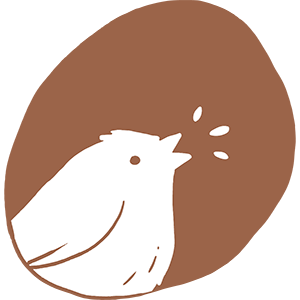

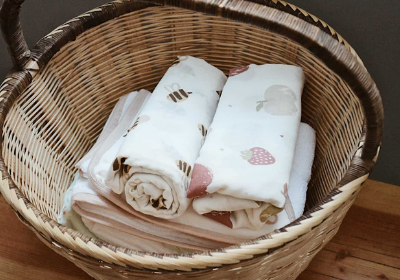

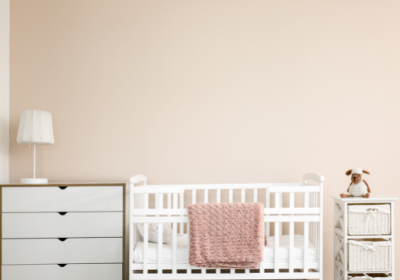
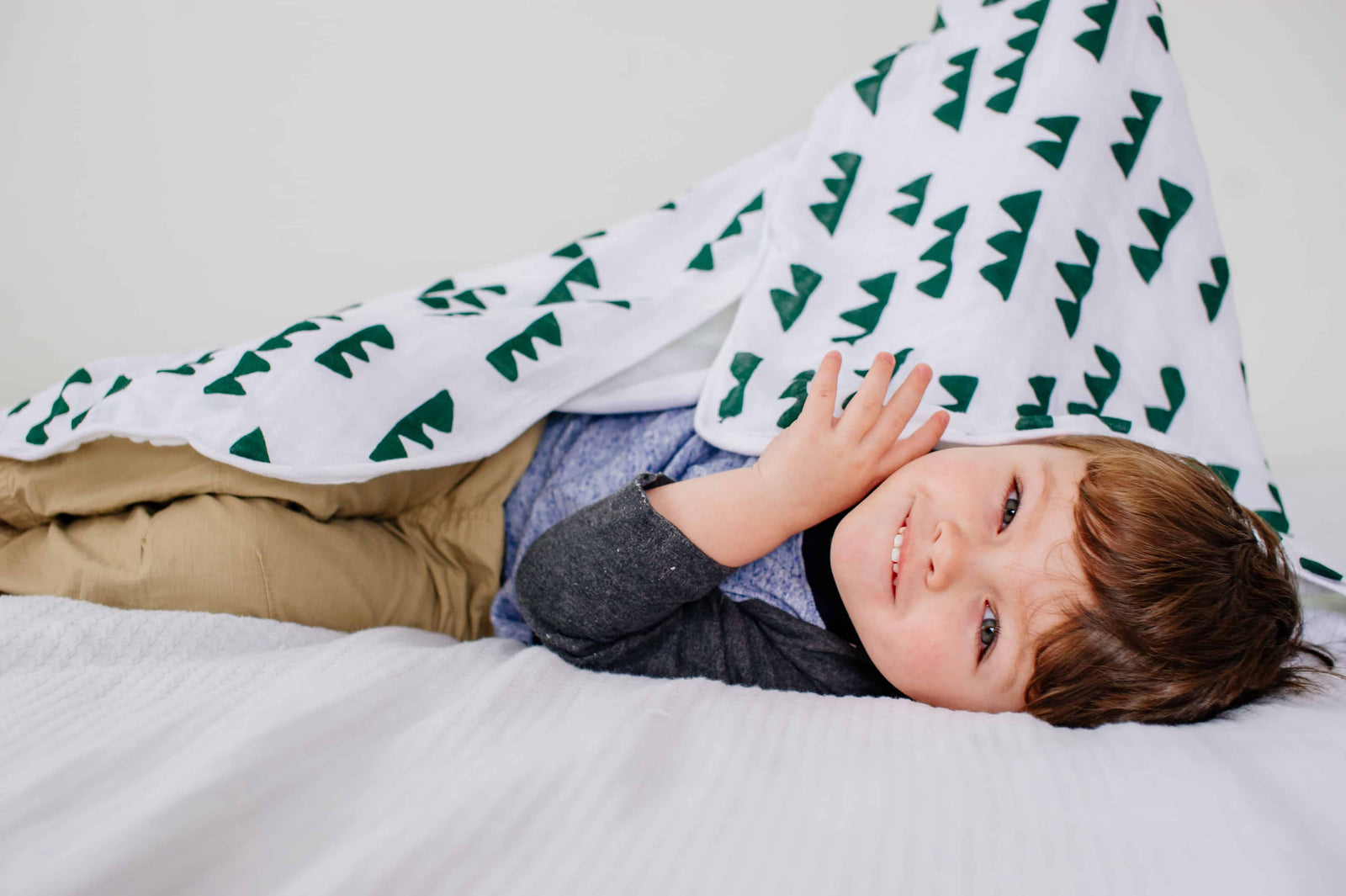
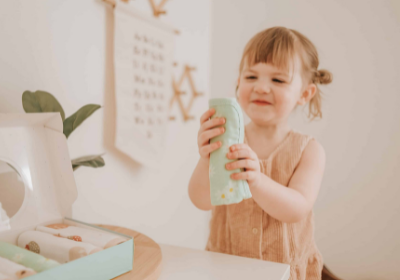
Leave a comment (all fields required)